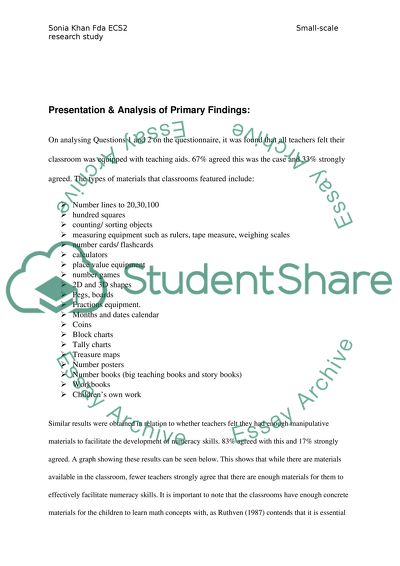Cite this document
(“Small-scale research study Essay Example | Topics and Well Written Essays - 1500 words”, n.d.)
Retrieved from https://studentshare.org/environmental-studies/1419942-small-scale-research-study
Retrieved from https://studentshare.org/environmental-studies/1419942-small-scale-research-study
(Small-Scale Research Study Essay Example | Topics and Well Written Essays - 1500 Words)
https://studentshare.org/environmental-studies/1419942-small-scale-research-study.
https://studentshare.org/environmental-studies/1419942-small-scale-research-study.
“Small-Scale Research Study Essay Example | Topics and Well Written Essays - 1500 Words”, n.d. https://studentshare.org/environmental-studies/1419942-small-scale-research-study.


